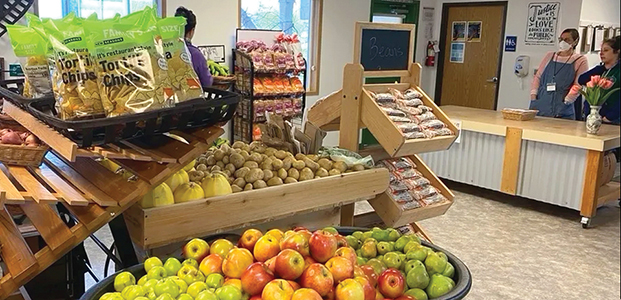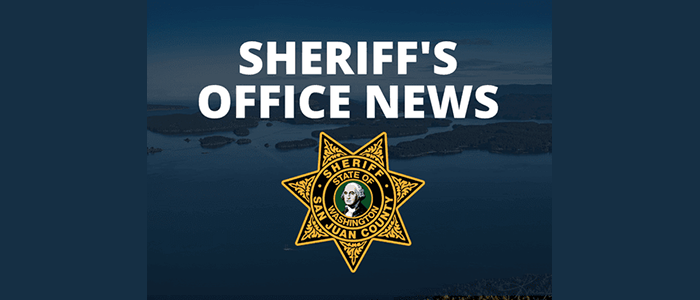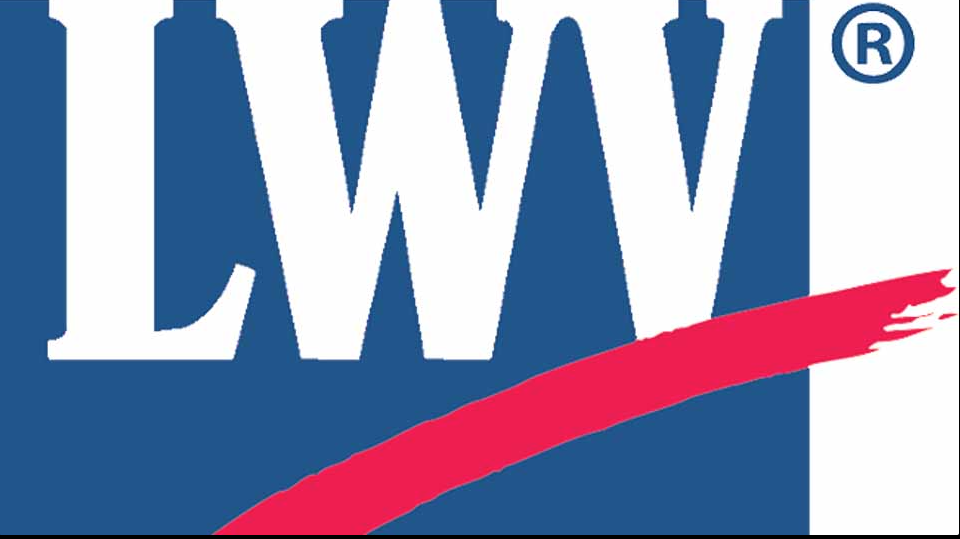||| FROM CENTER FOR WHALE RESEARCH |||
ELWHA RIVER SALMON RECOVERY
by Florian Graner/Sealife Productions
Since the removal of the two Elwha [River] dams—to this date the largest dam removal in US history—the development of salmon runs in this pristine Olympic mountains’ river has been of great interest, not only nationally but also internationally. It truly is a pioneer project in many ways.
So how are the Elwha salmon doing? As always, there’s not one single answer. First of all, it is important to recognize that the river is home not only to what some might consider the biggest prize, the king of Salish Sea king salmon—the Tyee—traditionally Elwha River Chinook larger than 100 pounds. There are Coho, Pink, Chum, and Sockeye salmon as well as winter and summer Steelhead and some Bow trout which also navigate from the sea into the Elwha to spawn.
- For all of these species, the removal of the dams has provided access to miles of pristine riverbeds, which had been denied to them for a century.
For all of these species, the removal of the dams has provided access to miles of pristine riverbeds, which had been denied to them for a century. Their responses have been diverse and varied. Rainbow trout truly went off once the dams came down. In the 2008 survey, 3,218 were counted. The total in 2019 was nearly 25,000.
A survey in 2019 counted more than 340 summer Steelhead, non-existent before the dam removal. Their very existence today is explained by formerly landlocked Rainbow trout once again exploring the bounty of the ocean before returning to their home river, the Elwha. The endangered Bull trout also more than doubled in counts taken before and after the dam removal.
As for Chinook, their numbers have steadily increased since the removal of the dams. It is a real joy to see them in the river sharing pool with a variety of other salmonoids—other species of salmon and trout, even some Dolly Varden trout, a relative of the Arctic char. Differences, and size and shape, very quickly become apparent.
Chinook salmons’ appearance differs from other salmon species. They have black spotting on their backs, dorsal fins, and tail fin lobes. When spawning, a Chinook’s color becomes richer: from deep red to coppery-black. When NOT spawning, they are blue-green with silvery sides. Chinook is known by several different names: Spring, King, Tyee, Columbia River salmon, Hookbill, and Black or Blackmouth salmon. Copyright © 2021 Florian Graner/Sealife Productions.
Years of dwindling salmon runs have led to human interventions mostly in [the] form of salmon hatcheries. Often the salmon used in hatcheries were not related to the river they were released in, leading to a blending of genes, reducing the diverse gene pool the salmon of this region once boasted. Not so for Elwha Chinook. While most of the King [Chinook] salmon returning to the river today are hatchery fish, they are descended from Elwha Chinook used in a state hatchery program since the 1930s.
Elwha Chinook have been seen far upstream passed the rapids through Glines Canyon and Goblins Gate into the pristine upper reaches of the Olympic National Park. But that development has not taken off as rapidly as some imagined, leaving some open questions. Still, in 2016, after the final removal of a rockfall which collapsed into the river channel just days after the Glines Canyon dam came down, locking fish passage again, a redd [gravel nests dug by spawning females and containing thousands of eggs] was counted just a little downstream from the confluence with Godkin Creek, nearly 36 miles up the river. Before the dam removals, the fish had all but five miles of the lower Elwha to produce the next generation. The tall barriers had no fish passage.
- Before the dam removals, the fish had all but five miles of the lower Elwha [River] to produce the next generation.
One theory is that hatchery salmon have not been used to navigate the length of the river, and it might take longer than estimated to produce a King [Chinook] salmon closer to the original Chinook, utilizing the full potential of the river. Mike McHenry, [Fisheries] Habitat Biologist for the Lower Elwha Klallam Tribe, thinks the historic upper river stock was likely spring run and is extinct in the river today. The hatchery fish, which were used to keep Elwha Chinook alive, were from summer, which may never have ventured as far up the river in the past. He also thinks that abundance of fish in the river matters and that when spawning beds become highly contested, fish are forced to seek less populated areas further up the river.
With summer Steelhead and Bull trout, it is a different story. With the least human intervention, these fish have recolonized the river almost all the way to its headwaters and increased in abundance. Still, returns of adult Chinook in the Elwha River are the highest since the late 1980s.
After the removal of the lower Elwha dam in 2012, 209 redds were counted. In 2014 after the demolition of the Glines Canyon dam, redd counts were up to 1,349; and in 2019, 1,673 redds were recorded with an estimated 7,600 Chinook in the river. The 2020 and 2021 counts are still to be released.
Sam Brinkman, Chief Fisheries Biologist of the Olympic National Park, admits this is still a modest count, but he notes the Elwha represents one of the only watersheds in Puget Sound with such an uptick in numbers. And the further development looks promising. The Elwha could be one of those stories in which parents can truly say to their children: “You are going to catch much more fish in this river than I was ever able to catch.”
That is an encouraging thought. But there are also worries. Increasing pressure to open the fishing in the river too soon might dampen the recovery, as well as the effects of climate change with reduced summer water flows and rising temperatures, both not favorable for the development of cold and clear water-loving salmonoids. But for the time being, there is scientific consensus: the Elwha River is recovering and provides an excellent example of ecosystem restoration.
- But for the time being, there is scientific consensus: the Elwha River is recovering and provides an excellent example of ecosystem restoration.
Sam Brinkman expects a full salmon recovery to take at least twenty to thirty years. The fishery has been halted for ten years now, since 2011, to help the salmon recover. The vision guiding recovery is a fish population robust enough to support itself, not relying on supplements from hatcheries. Rebuilding a naturally-reproducing Elwha Chinook run poses a significant challenge.
There are [multiple] stages to the recovery program: preservation, recolonization, local adaptation, and establishment of viable naturally spawning populations. So far, the salmon recovery in the Elwha is still in its infancy. The preservation of fragile fish runs through the process of dam removal, which released one hundred years’ worth of sediments trapped behind these barriers. The sediment has mostly reached the sea by now and is reviving the nearshore ecology there. In the river, the second phase—recolonization—has just begun.


















Thank you for posting this. On to the Snake.
Wonderful news! Another lesson that if we get out of nature’s way, she will rebound, restore and revive.
So inspiring!
The Elwa salmon are still vulnerable to commercial and sports fisheries in the open ocean.
Salmon from rivers in Washington, Oregon, California, and British Columbia spend several years of their life cycle in the open ocean, including Alaskan waters. Many “wild-caught Alaskan” salmon are born in natal streams and rivers of the Salish Sea, and the once free-flowing mighty Columbia River and its important tributary, The Snake River, that stretches all the way to Idaho. Take down the four Lower Snake River dams!
Can the orcas be allowed to prowl and eat endlessly the salmon that are just being restored. What predator eats orca whales. Thier numbers need to be contained can’t have it both ways. If the salmon are protected they need to be protected from orcas and seals. A number needs to be set by the state then a bounty set of numbers get to high.
Studies of trout in lake inlets and outlets in Idaho show that trout know where they should go before they are born, upstream or downstream to reach the lake. I think the Chinook in the Elwha seek the same rock they were born under, and it will take years of mating competition (over redd sites) for the upstream components of the run to re=establish. As for now, they are happy for the most part to spawn in the lower river (where their hachery was).
Studies of trout in lake inlets and outlets in Idaho show that trout know where they should go before they are born, upstream or downstream to reach the lake. I think the Chinook in the Elwha seek the same rock they were born under, and it will take years of mating competition (over redd sites) for the upstream components of the run to re=establish. As for now, they are happy for the most part to spawn in the lower river (where their hatchery was).